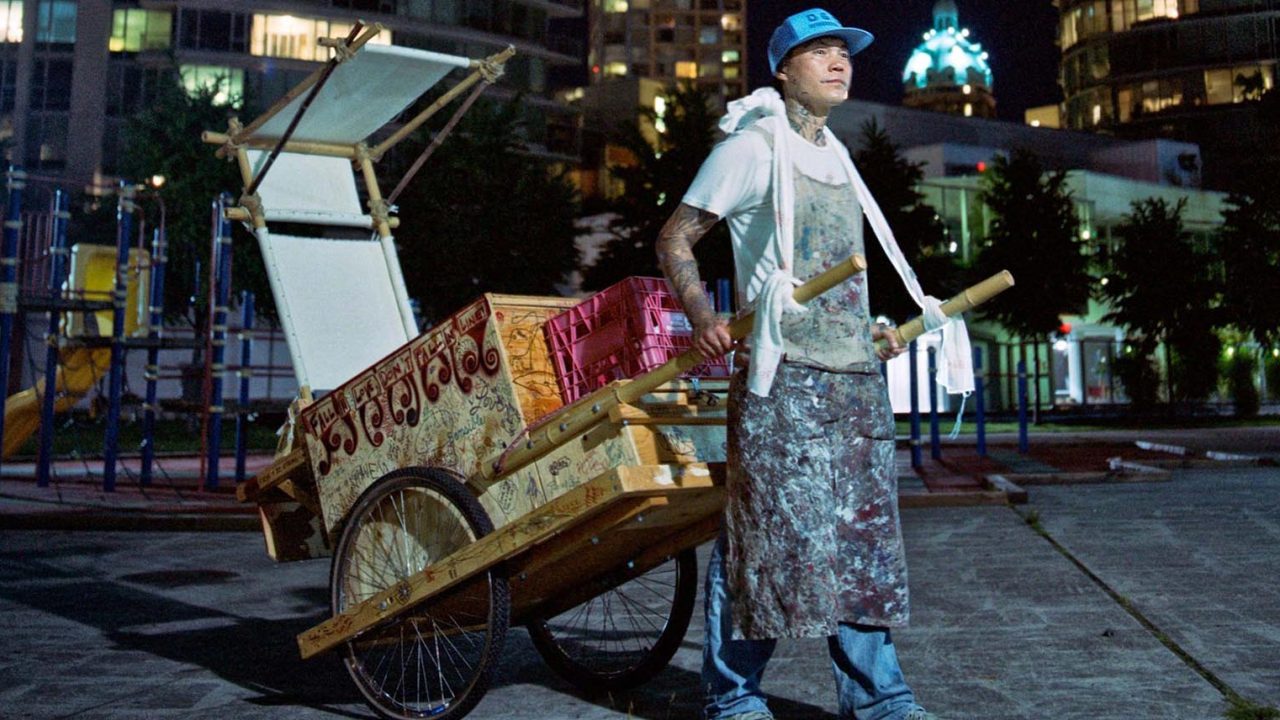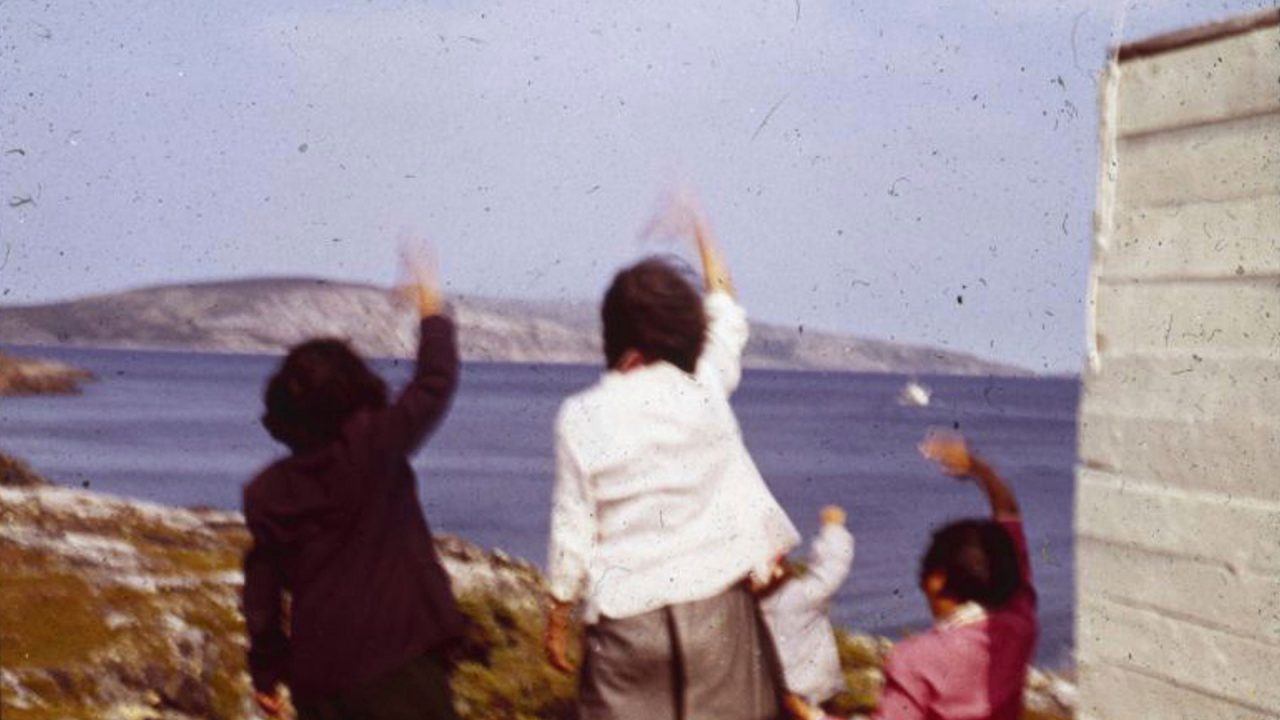
Mini-Lesson for Everything Will Be
Mini-Lesson for Everything Will Be
Mini-Lesson – Everything Will Be
School Subjects:
- Diversity/Pluralism – Diversity in Communities
- History and Citizenship – Issues in Society Today
- Social Studies – Social Policies and Programs
- Social Studies – Social History
Ages: 15-17
Everything Will Be, Julia Kwan, provided by the National Film Board of Canada
Keywords/Topics: Gentrification; urban studies; development; housing; renewal; Chinatown; heritage preservation; revitalization
Overarching Question : Will gentrification destroy the history and uniqueness of communities or is it the only means of urban renewal?
Educational Synopsis: Historically, Vancouver’s Chinatown functioned as a gateway for Chinese migrants who were the source of cheap labour for white-owned industries. During a time of anti-Asian racism, Chinese migrant workers could depend on the Chinatown network to assist with their housing, financial support and settlement services. Today, older businesses are struggling and new shops are disrupting the character of the area. Commercially driven gentrification is turning the city’s downtown Chinatown into a façade of its rich heritage.
Activity 1: A Fragile Balance
Clip #1 (4m 36s)
How important is it for municipal governments to implement heritage preservation as part of urban development and business improvement?
- Very important
- Important
- Moderately important
- Slightly important
- Not important
Justify your answer. Note: This activity can be set up using Jamboard to show where students have voted.
Summary: A gritty neighbourhood only becomes on trend once it cleans up. Angelo operates a “cash only” Italian store that stocks gourmet items one would find in an upscale specialty food store. Yet his store is shown mostly empty and idle. The owner of the tea shop is carrying on the family tradition of selling tea, but business is slow despite the quaint shop and the authenticity of the products. The new gallery that has opened nearby, Kie’s Laundry, pays homage to the previous occupants, but its presence signals an obvious marker of gentrification. Does urban renewal give poor and disadvantaged neighbourhoods a chance to survive and thrive? Do new businesses undermine the authenticity of older neighbourhoods?
Activity 2: New and Old Energy in the Neighbourhood
Clip #2 (8m 47s)
Provide arguments supporting the claim that the intentions of Bob Rennie (the owner of the art gallery) are honourable. What do you think about his comment that he is a “polite intrusion”? Justify your answers.
Summary: The building is 100 years old, almost as old as Vancouver’s Chinatown, and the residents of this building are from descendants of the same ancestral village. Their ancestors pooled their own resources to purchase this building so that people could stay together. There is no reserve fund to invest in repairs or renovations, and difficult decisions must be made so that the residents can remain. Considering the precariousness of affordable housing in Vancouver, Bob Rennie’s offer is accepted.
Activity 3: Everything Will Be
Clip #3 (4m 9s)
Director Julia Kwan’s visual choices in the film show the fragile tensions that exist between competing interests in neighbourhood revitalization. After watching this excerpt, compare the scene where Ken Lum is painting over the messages written on the walls of his gallery with the scene that shows Bob Rennie buying the typeset from the Chinese print shop.
What do these two scenes convey about who drives the future of gentrifying neighbourhoods?
Summary: Most main streets are facing the tremendous financial strains of increasing property taxes and rent, the pull of e-commerce sites, and competition from big-box stores. Businesses have uncertain futures, especially as nostalgia is not enough to sustain older neighbourhoods. Chinatowns across North America are also in decline as commercial interests drive the futures of these areas. Revitalizing economically depressed areas often comes at the cost of heritage preservation and displacement of the people who make these areas unique.
Take Action
Activity 1: Examine archival photographs of your own neighbourhood or your hometown. Create a photo display that compares what a particular area looked like and what it looks like today.
Activity 2: Research the actions that have been taken to preserve Vancouver’s historic Chinatown. What has happened with this movement since this documentary was filmed? Identify some of the more contentious issues. Explore whether there have been any gains made for heritage protection.
Activity 3: Gentrification also jeopardizes the heritage of other historic neighbourhoods. There are other communities that have faced these changes. For example, Brick Lane (London, UK), The Foundry (Corktown neighbourhood, Toronto), and hutongs (Beijing). Write an opinion piece to address whether urban renewal can be done without destroying history. What can be done to protect the history and legacy of historic neighbourhoods?
Jse-Che Lam is a Toronto-based high school teacher who has taught English, history, politics, civics and various social science courses. Her interests include stories about migration, urban issues and all matters that concern Canadian produced film, literature and politics.
Pour lire cet article en français, cliquez ici.
Discover more Mini-Lessons | Watch educational films on NFB Education | Watch educational playlists on NFB Education | Follow NFB Education on Facebook | Follow NFB Education on Pinterest | Subscribe to the NFB Education Newsletter



